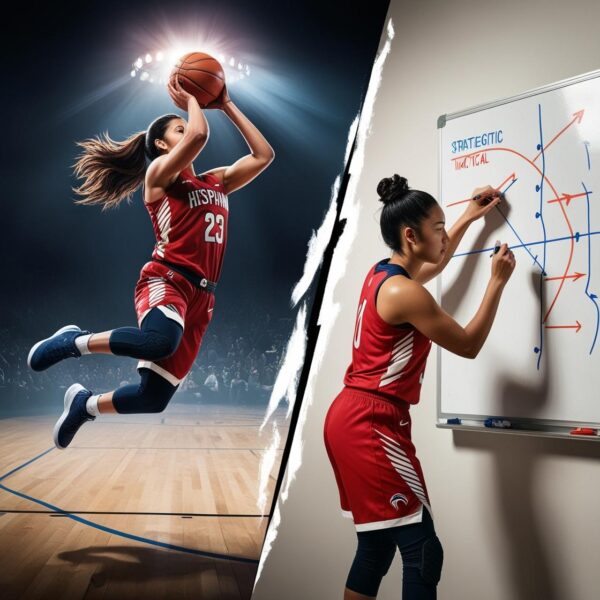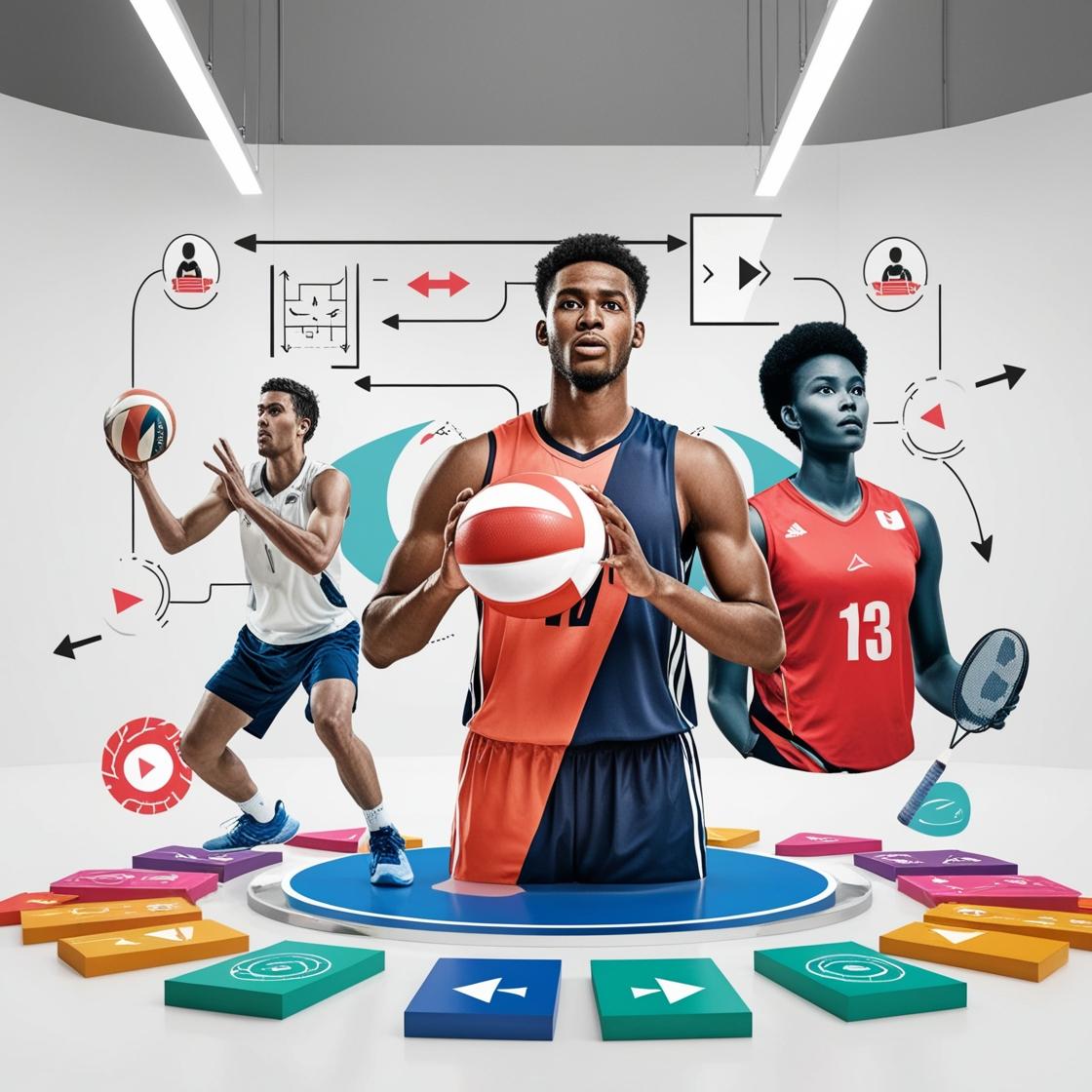Tactical skills are essential components in the success of modern athletes across all competitive sports. They empower players not just to perform actions but to understand the when, where, and how of executing those actions most effectively. This article explores the differences and relationship between tactical and technical skills, with real-world applications in basketball, volleyball, badminton, and more.
Understanding Game Intelligence
Tactical awareness is the cornerstone of strategic decision-making during competition. Athletes with high game IQ can anticipate moves, adjust plays, and capitalize on fleeting opportunities. Whether it’s a soccer player choosing when to pass or a volleyball player reading a serve, strategic insight is what separates great players from good ones.
Comparing Technique and Strategy
There’s a fundamental distinction between physical execution and mental strategy. A tennis player’s ability to serve (technical) must align with court positioning and shot selection (tactical). Integrating these two areas allows athletes to make the most of their physical abilities by applying them smartly under real-time pressure.
Blending Skills for Athletic Success
Peak performance depends on a harmony between technical mastery and intelligent gameplay. In fast-paced environments like team sports, knowing how to act is not enough—knowing when and why to act is equally critical. Training plans should incorporate both isolated drills and scenario-based sessions to encourage this balance.

Mastering the Fundamentals in Basketball
In basketball, core techniques such as layups, free throws, and passing form the bedrock of player development. Athletes invest countless hours perfecting these moves to build consistency. Precision handling and muscle memory come from targeted repetition and performance tracking during training sessions.
Strategic Execution on the Court
Court vision, play-calling, and timing define a player’s ability to influence the game strategically. Experienced guards orchestrate plays by reading defenders and managing pace. These mental facets of performance are often refined through scrimmages, film study, and coach feedback loops.
Combining Physical and Mental Game Elements
To thrive under pressure, basketball players must combine refined mechanics with situational thinking. Coordinated plays like pick-and-rolls require exact execution coupled with spatial awareness and team synergy. Learning to process and react to evolving dynamics separates elite players from the rest.
Refining Badminton Techniques
Footwork precision, shot accuracy, and serve variety are crucial to high-level badminton. Rapid exchanges demand agility and timing, honed through specific drills like multi-shuttle rallies. Players must condition both body and mind for sustained excellence in intense match environments.
Volleyball Decision-Making in Action
Volleyball athletes need to quickly evaluate their surroundings and respond to shifting game conditions. Tactical agility includes choosing the right type of serve, aligning with teammates, and reacting to opponent formations. Coaches use scenario practices to cultivate this adaptability.
Holistic Development Across Sports
True athletic excellence stems from a well-rounded skill set. Technical prowess is only impactful when used with strategic intent. Multi-sport athletes often demonstrate superior adaptability and faster learning curves because they regularly translate thinking patterns across different competitive formats.
From Novice to Competitor
Beginner training emphasizes repetition of basic techniques. As athletes progress, emphasis shifts to pattern recognition, timing, and anticipation. This evolution supports deeper engagement with the sport and positions players for leadership roles within teams.
Training for In-Game Thinking
Unlike technique-focused routines, strategy drills require athletes to think in motion. Coaches introduce pressure-based simulations that encourage quick decision-making and situational adaptability. Reviewing match footage helps athletes internalize best practices and refine instincts.
Multi-Sport Skill Transfer
Strategic knowledge in one discipline often proves beneficial in others. Athletes with backgrounds in various sports tend to make smarter plays and adapt faster to new challenges. Coaches can facilitate this cross-training by recognizing common cognitive patterns across athletic activities.
Illustrative Use Cases in Competition
- Basketball: Directing offense, managing pace, exploiting mismatches.
- Volleyball: Rotational adjustments, deceptive serving, transitional defense.
- Badminton: Anticipating placement, adjusting tempo, dominating rallies.
Strategic application of sport-specific knowledge gives athletes a distinct competitive advantage. These case studies highlight the importance of regular tactical review and active game observation.

Transferring Concepts Beyond the Field
Players with strong decision-making abilities tend to perform well in multiple areas of life. Whether it’s leadership, teamwork, or critical thinking, the cognitive habits developed through sport contribute to long-term success. Encourage young athletes to treat sports as platforms for broader development.
The Value of Mental Edge
In high-stakes scenarios, brainpower can outweigh brute force. Tactical fluency allows players to outperform even more physically gifted opponents by reading the game better and responding faster. Consistent exposure to competitive settings builds this invaluable mental edge over time.

